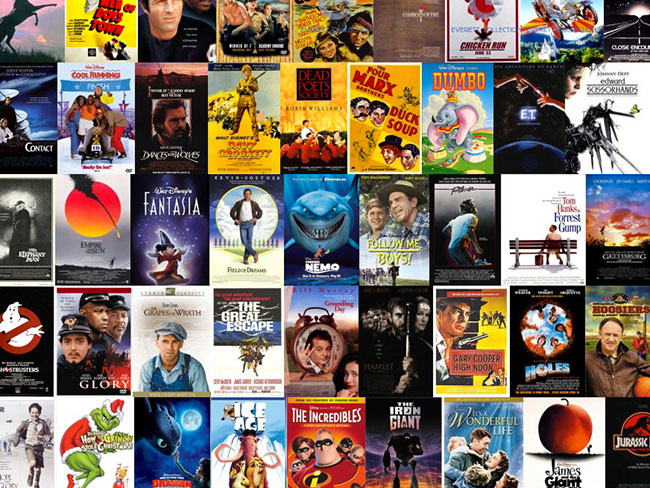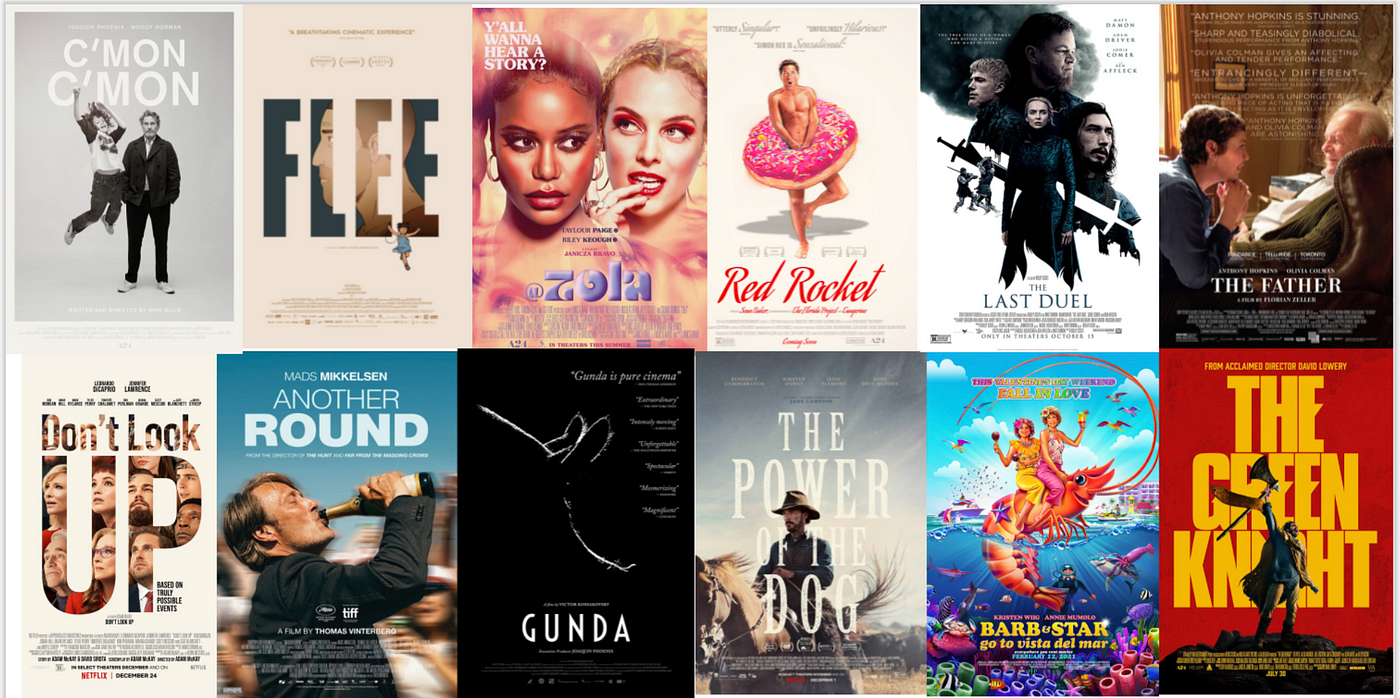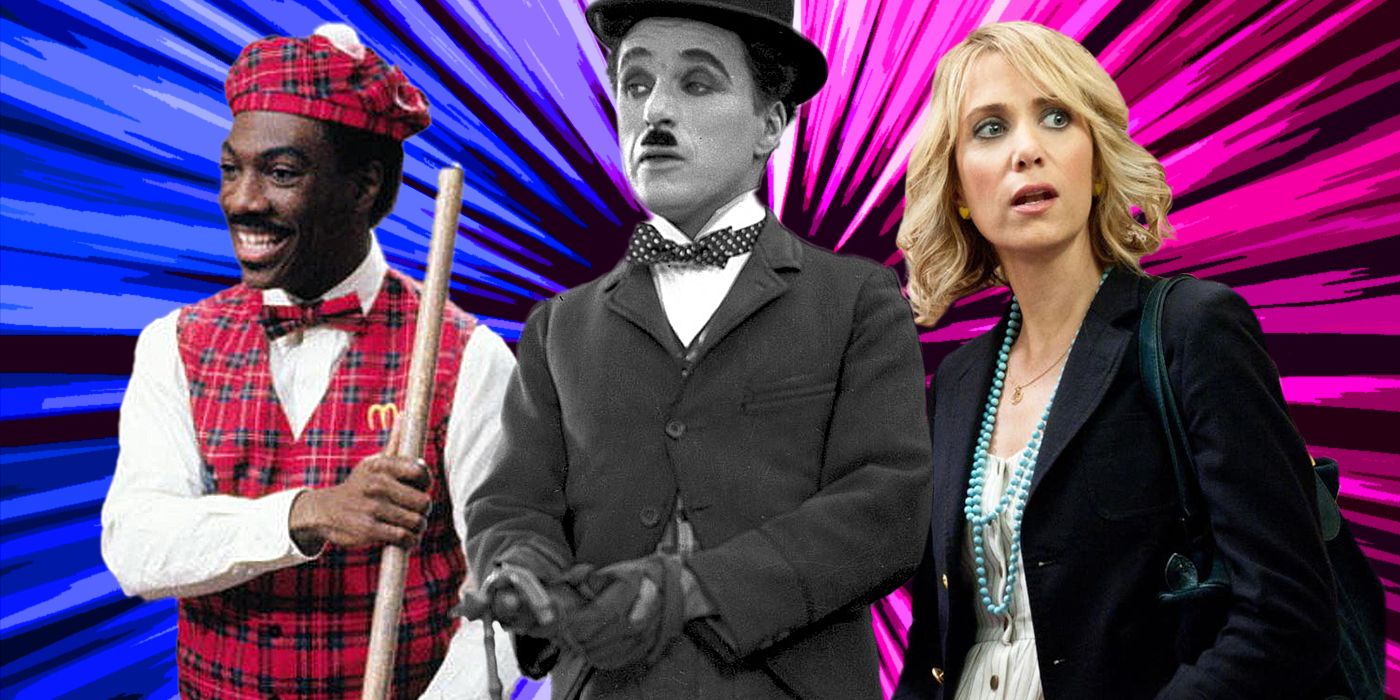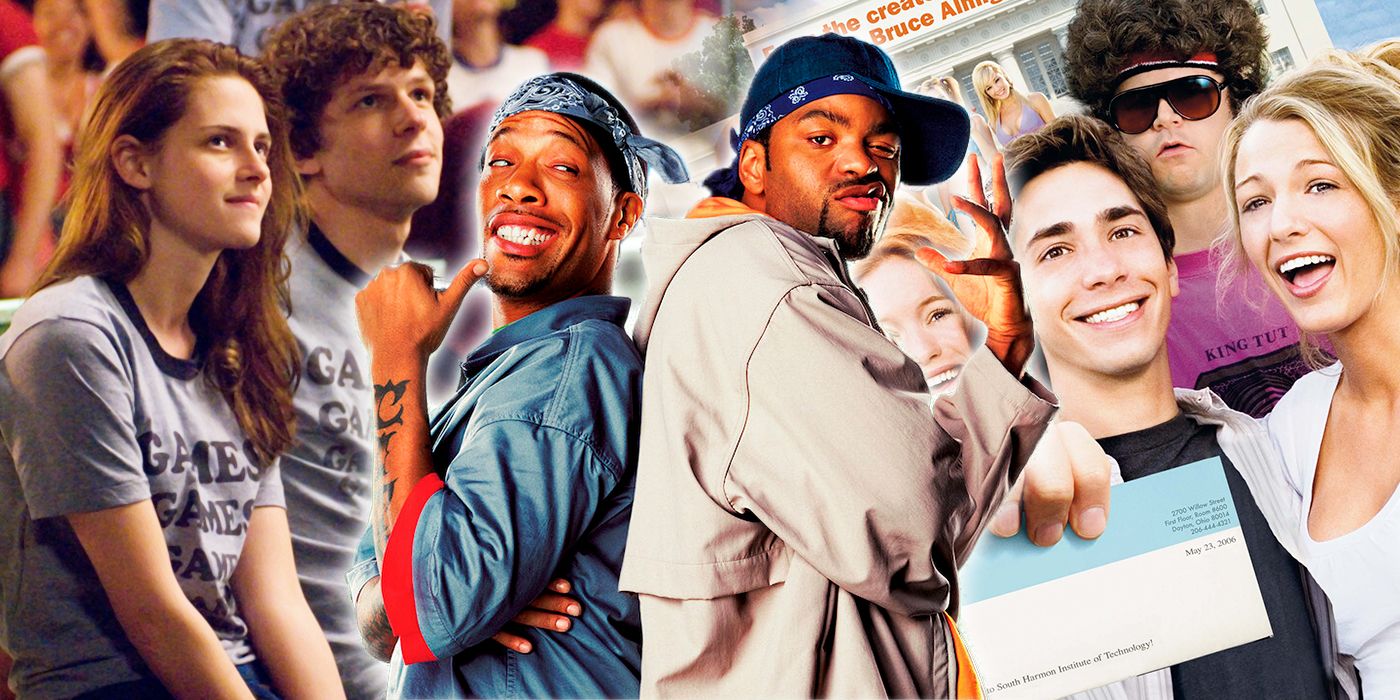The Art Cinema: Deconstructing Movies Like “Saw”
Within the realm of cinema, there exists a subgenre that thrives on pushing boundaries, challenging audiences, and leaving a lingering sense of unease. This exploration delves into the intricate world of messing movies, drawing parallels with iconic films like “Saw” and dissecting the elements that contribute to the art of cinematic disturbance.
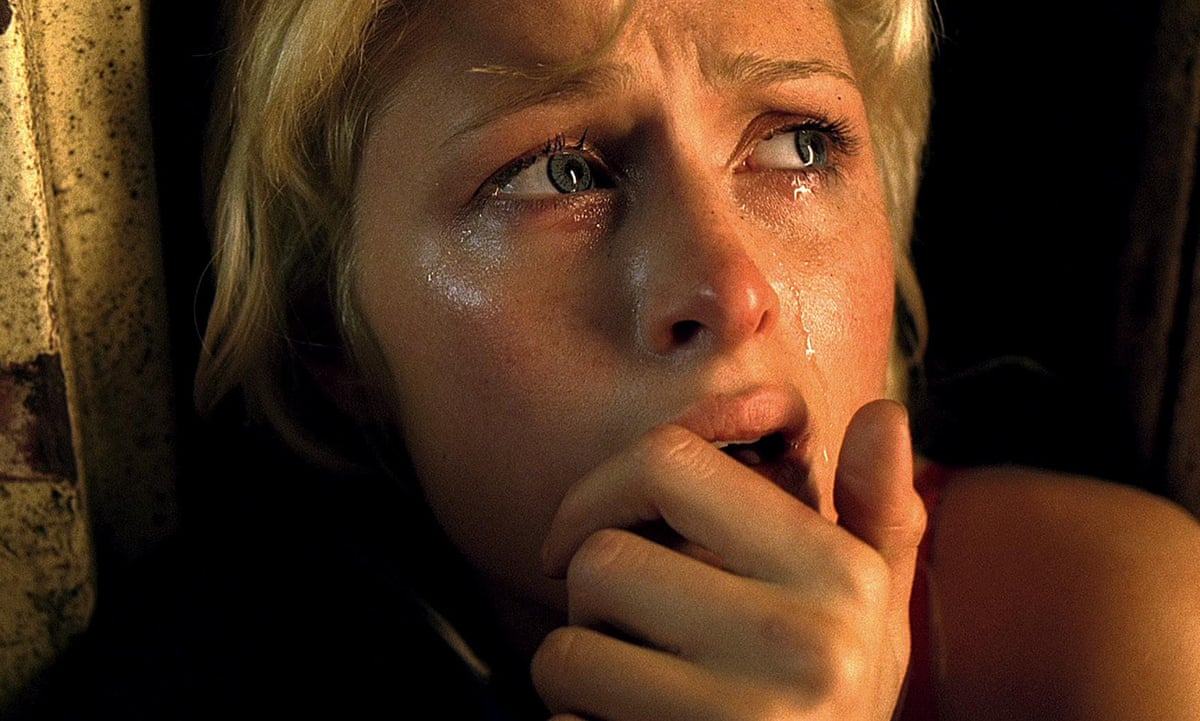
1. The Cinematic Toolbox of Dread
When exploring messing movies, it’s essential to grasp the nuances of the cinematic toolbox employed to instill dread. The term “visual dissonance,” referring to the deliberate use of jarring visuals, disrupts the viewer’s comfort. This unsettling technique, often seen in movies like “Saw,” creates an atmosphere where every frame becomes a canvas for discomfort and psychological tension.
Visual dissonance, with its abrupt contrasts and discordant elements, becomes a potent instrument in the arsenal of filmmakers.
2. The Anatomy of Psychological Manipulation
Messing movies excel in the art of psychological manipulation, weaving intricate narratives that toy with the viewer’s psyche. The term “narrative gaslighting,” akin to the psychological manipulation tactic, describes the deliberate distortion of reality within the storyline. This technique, masterfully executed in films like “Saw,” keeps audiences on the edge of their seats as the narrative unfolds with unexpected twists and turns.
Narrative gaslighting becomes a storytelling dance, leading viewers through a maze of uncertainty and emotional turbulence.
3. Unconventional Story Structures
Messing movies often defy traditional storytelling structures, opting for unconventional approaches that intensify the viewer’s sense of disorientation. The term “nonlinear narrative vertigo” encapsulates this deliberate disarray in storytelling. Films like “Saw” utilize fractured timelines and fragmented plots, creating an unsettling sense of vertigo that mirrors the psychological state of the characters and audience alike.
Nonlinear narrative vertigo becomes the foundation upon which these movies construct their enigmatic and perplexing worlds.
4. The Auditory Assault
Sound, in messing movies, transforms into a weapon that assaults the auditory senses, intensifying the overall experience. The term “auditory abrasion,” used to describe harsh and unsettling soundscapes, defines the deliberate use of dissonant tones and jarring noises. In films like “Saw,” auditory abrasion becomes a crucial element, heightening the tension and creating an immersive soundscape that resonates with the unsettling visuals.
Through auditory abrasion, filmmakers create an atmosphere where every sound is a potential source of unease.
5. The Macabre Aesthetic: A Visual Feast of Disturbance
Messing movies embrace a macabre aesthetic that transforms visuals into a disturbing feast for the eyes. The term “aesthetic dysphoria” captures this deliberate cultivation of unsettling visual elements. In “Saw” and similar films, aesthetic dysphoria manifests through grotesque imagery, unconventional camera angles, and a deliberate emphasis on the visceral and disturbing aspects of the narrative.
Aesthetic dysphoria becomes a visual signature, leaving an indelible mark on the minds of those who dare to watch.
6. The Intersection of Horror and Philosophy
Messing movies often transcend conventional horror by intertwining the genre with philosophical undertones. The term “existential dread infusion” characterizes this blending of horror elements with existential inquiries. In films like “Saw,” existential dread infusion elevates the narrative beyond mere scares, prompting viewers to confront profound questions about morality, mortality, and the human condition.
Existential dread infusion transforms these movies into intellectual journeys that linger in the mind long after the credits roll.
Conclusion: The Unsettling Legacy of Messing Movies
As we navigate the unsettling landscapes of movies like “Saw,” it becomes evident that messing movies are not merely about shock value; they are intricate works of art that challenge the boundaries of storytelling. Through a combination of visual dissonance, narrative gaslighting, nonlinear narrative vertigo, auditory abrasion, aesthetic dysphoria, and existential dread infusion, these films leave an indelible mark on the cinematic landscape.
Messing movies, with their unapologetic approach to disturbance, continue to shape the evolution of horror and psychological thrillers, inviting audiences to explore the darker corners of the human psyche.
© 2024 Cinematic Disturbance. All rights reserved.
